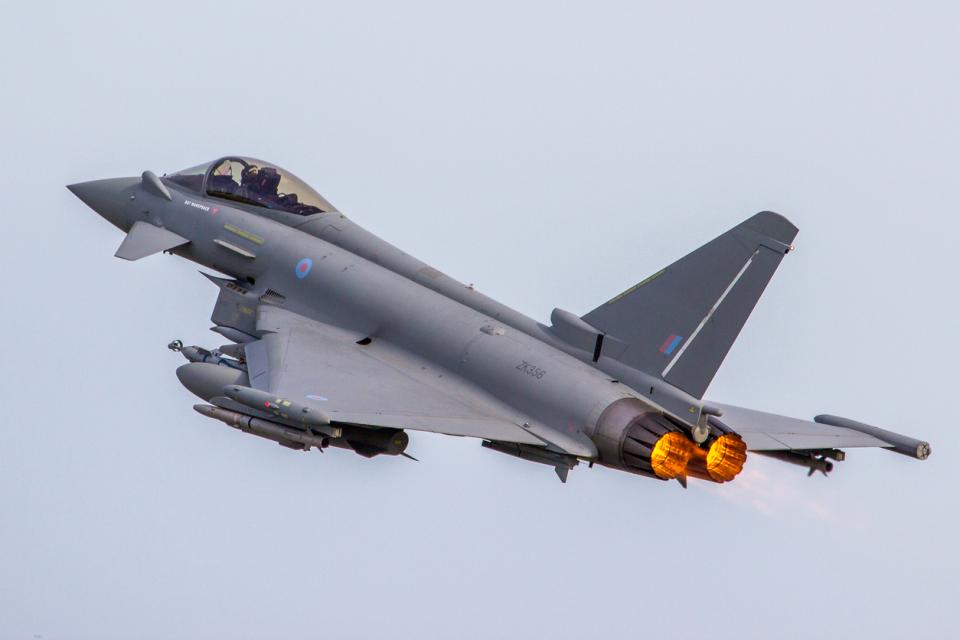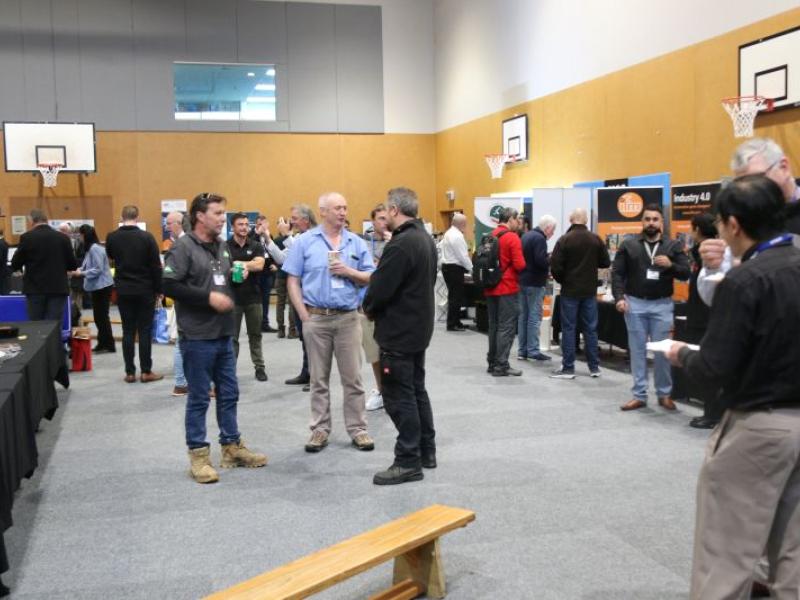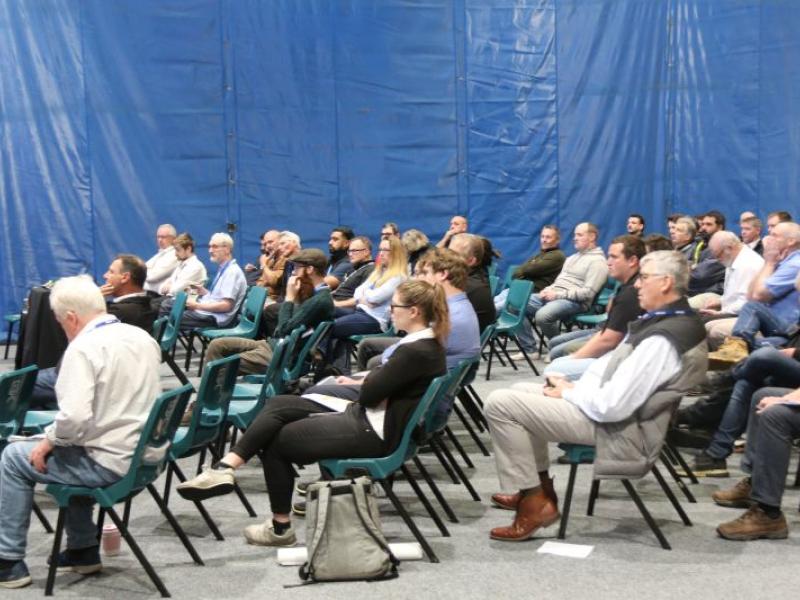Courtesy Wohlers
The Royal Air Force (RAF) successfully installed a temporary replacement part for the pylon assembly that connects weapons systems to the wing of an operational Typhoon fighter jet. Engineers scanned the broken component and reverse engineered the part with the aircraft manufacturer, which will develop a permanent replacement part.
Wohlers View:
The overriding objective of the effort was to get the aircraft system operational as quickly as possible. For that reason, the RAF was willing to use a temporary solution while a permanent replacement was being manufactured.
There are a number of observations that one can make based upon the RAF’s announcement. The aircraft manufacturer does not have the particular part in stock, and in all probability does not have digital data of the component. We can also surmise that the supply chain to engineer and manufacture an original item was long enough to justify the RAF's willingness to deploy a temporary solution while the permanent part is being produced.
This calculus can be applied to a military scenario, and will not work for commercial aircraft. One can also assume that the use of a temporary part would only be considered in a situation where the safety or airworthiness of the aircraft would not be impacted, though the detachment of a weapons system from an aircraft due to failure of the temporary 3D-printed part is certainly not without impact. One can assume that the temporary part still must pass a high inspection and qualification bar, which is why the solution was developed by the RAF squadron that operates specialist inspection capabilities.
Also known as the Eurofighter, the Typhoon was developed by companies in the UK, Germany, Italy, and Spain. Its first flight was in 1994, and it became operational with the air forces of its developer nations in 2003 and 2004. This explains the lengthy supply chain for some spares. 3D-printed replacement components make increasing sense as their equipment continues to age, where existing spares are depleted, tooling is discarded, and drawings and documentation are lost or discarded. Militaries in several companies have taken steps recently to define strategies to deploy AM as a way to ensure greater uptime of defence systems, especially important in times of increasing need for military capabilities due to global tensions.






